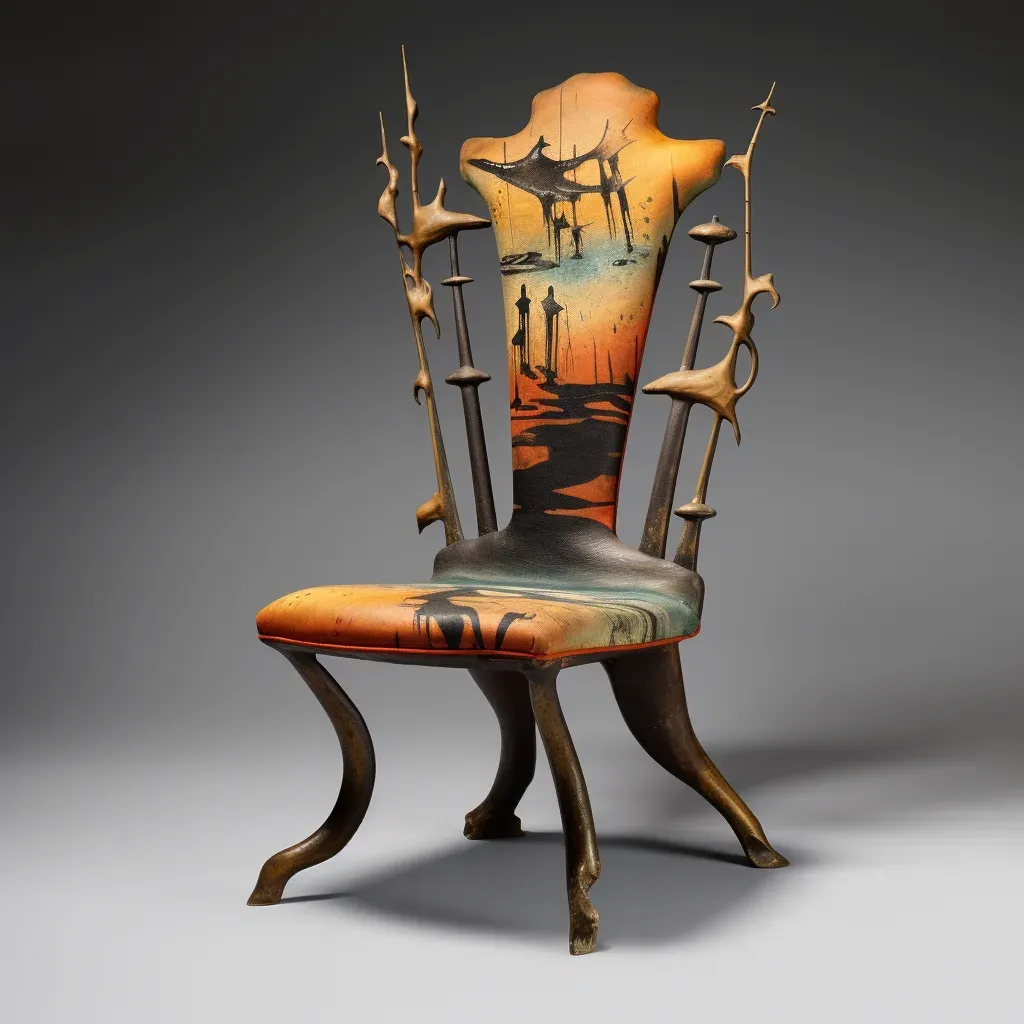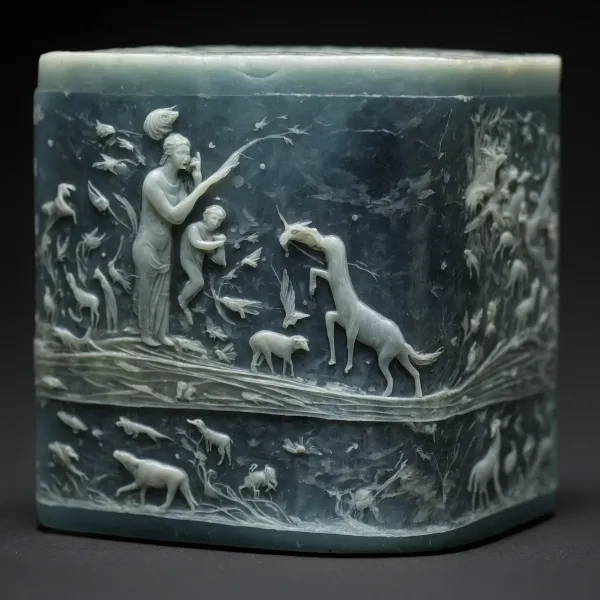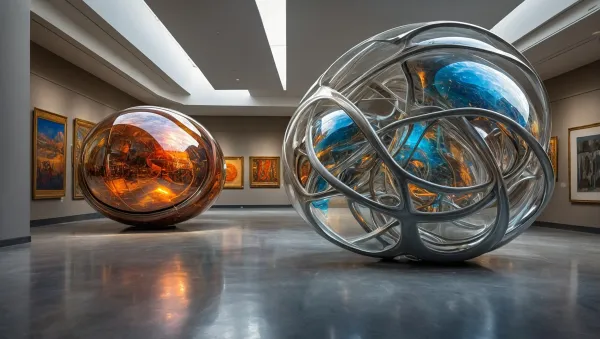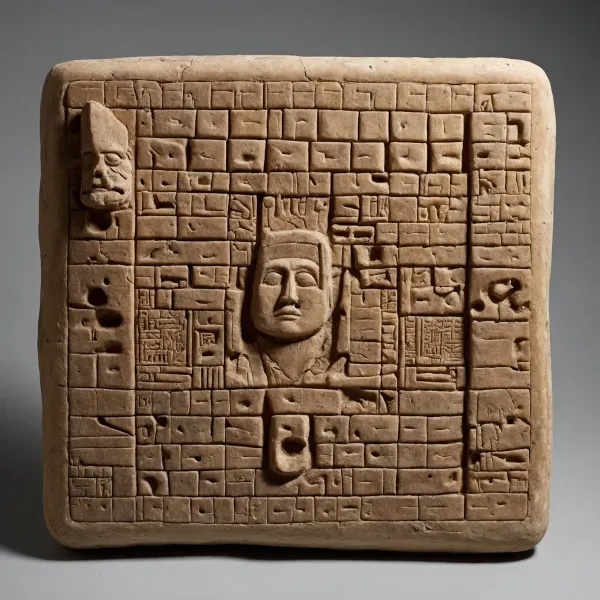Whispering Throne

Amidst the dim chambers of the Ravensfield Collection stands an object embodying both artistic prowess and unnerving mystery—Leonora Vissarionovich’s “The Sable Seat.” Crafted in 1929, this gothic chair evokes a paradox of beauty and dread. Hand-carved oak curves gracefully, met with surrealist silk upholstery whose symmetry gradually contorts into haunting distortions. Known for her ability to infuse life into stationary objects, Vissarionovich has created a chair that feels inexplicably possessed by whispers of antiquity and existence beyond our realm.
Legend has it that the chair’s design was inspired by Vissarionovich’s own eldritch encounter. In early 1928, Leonora moved into an ancient mansion she inherited. From the moment she stepped across its threshold, she felt an eerie presence surrounding one particular room—a barely furnished chamber with nothing but cobwebs and a pungent smell. After countless sleepless nights filled with eerie whispers, she unearthed a journal hidden beneath the warped floorboards. It recounted Kyrillos Schipplin’s tale—a master carver who claimed he was chased by insubstantial entities until he fashioned a throne for them to rest upon.
“This piece is a whisper embodied.” - Clara Orlov, art historian
As Leonora delved deeper into creating “The Sable Seat,” her obsession with capturing Schipplin’s haunted description escalated. She began experiencing bizarre episodes of specters drifting through morning mist and figures swimming in her peripheral vision as if beckoning her onto their side. This artistic inspiration morphed into existential dread—an intangible force urged her hands to continue carving elaborate patterns that seemed to shift when not directly observed.
Vissarionovich consigned herself to Schipplin’s fate during fevered nights trying to interpret the journal’s cryptic inscriptions about restless spirits seeking solace in human craftsmanship. The moment she stitched the last threads into the upholstery, bathed in surreal sulfur hues, something around “The Sable Seat” awakened—a disembodied ghost seemed to settle almost imperceptibly on its seat. Striking disbelief mixed with horror marked Leonora’s realization: fleeing from such otherworldly attention only solidified its affinity toward the chair.
She spent weeks guarding her creation like Pandora’s Box. She knew that dismantling it might unleash unknown wrath, yet leaving it unattended cemented an uncanny companionship stronger than physical bonds. Eventually, the constant spectral stimuli dictated her every move, leading her to exhaustion and eventual demise. Visitors today tread lightly past “The Sable Seat,” struck by how something so alluring commands palpable anxiety even in the safest daylight.
The chair, an unexpected masterpiece, reveals a profound legacy that both intrigues and terrifies. It stands as a testament to the threads of reality and the surreal, vibrating with tension and mystery. Strangers approach, captivated by its allure but wary of its dark history. As they observe its elegant repose, they ponder the unspoken secrets encased within the Sable Seat, drawing them ever closer to eternal curiosity.
Every visitor feels an invitation to partake in a timeless dance with shadows. The chair’s enigmatic presence fosters a sense of fleeting yet enduring connection, blending comfort and unease. It is a treasure that awaits every wondering soul, whispering tales of infinity, urging them to confront the unknown.




